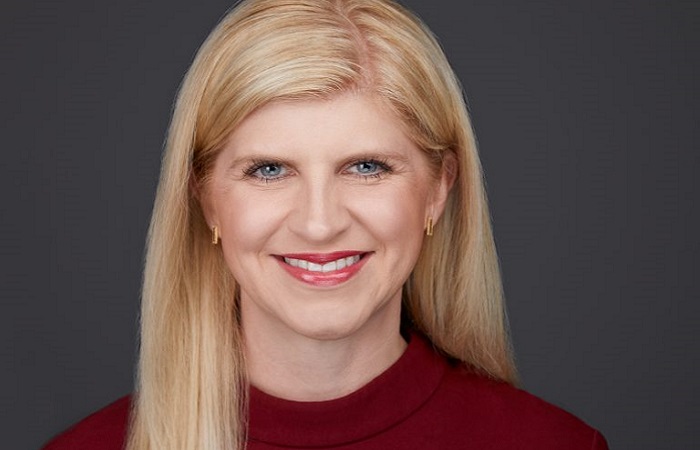
The future of employee engagement will be filled with many opportunities and challenges, some accelerated by the Covid-19 (Coronavirus) pandemic. Looking into the crystal ball of business, there are five challenges that will impact the future of employee engagement.
Managing the gig economy
In the September 2019 Institute for Public Relations (IPR) Future of work report, communication executives indicated that the emerging contract worker economy is a technological workforce disruptor. Organisations must think about how to effectively communicate and form relationships with a mobile, and sometimes temporary, workforce, as well as their impact on culture.
Embedding diversity, equity and inclusion
Organisations need to ensure diversity, equity and inclusion, think the whole is greater than the sum of its parts, is embedded in all aspects of the organisation. This should not be an add-on or something that needs to be done only during the hiring process. All employees must feel included and respected with equal opportunities, including promotion and pay.
Lack of employee research
While some businesses track employee engagement and satisfaction in the workplace, others do not. In the quest for feedback to improve processes, employers must send surveys that ask the right, ‘valid’ questions to establish benchmarks and track changes over time. In a May 2020 survey, How companies are engaging employees during Covid-19, the IPR and Peppercomm found that only 28% of communication executives sent surveys to their employees during Coronavirus, and a similar number were not seeking any type of feedback at all.
The rise of stakeholder capitalism
Focusing on the needs of all constituents, especially employees, will shift how organisations do business. As employees wield more power, businesses will increasingly be expected to help fix social problems.
Ensuring flexible and neurodiverse workspaces
Employees want flexibility in the workplace, and the Coronavirus pandemic has demonstrated this is possible. Additionally, more workspaces are creating more desirable and conducive workspaces, and take into account the various neurodiverse needs of employees, for example, attention deficit hyperactivity disorder (ADHD) and learning styles.
Tina McCorkindale is president and chief executive at Institute for Public Relations